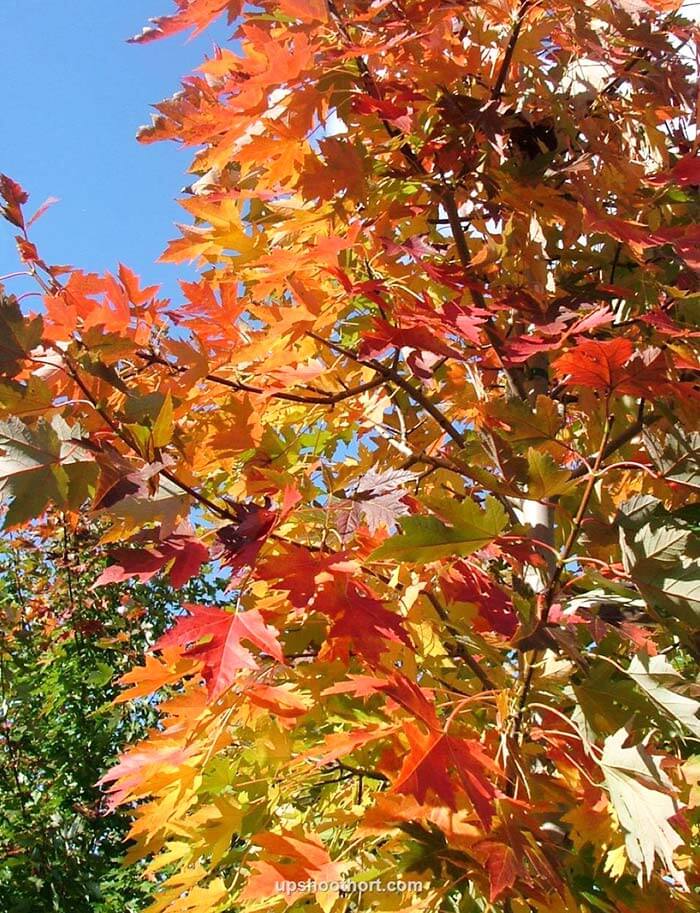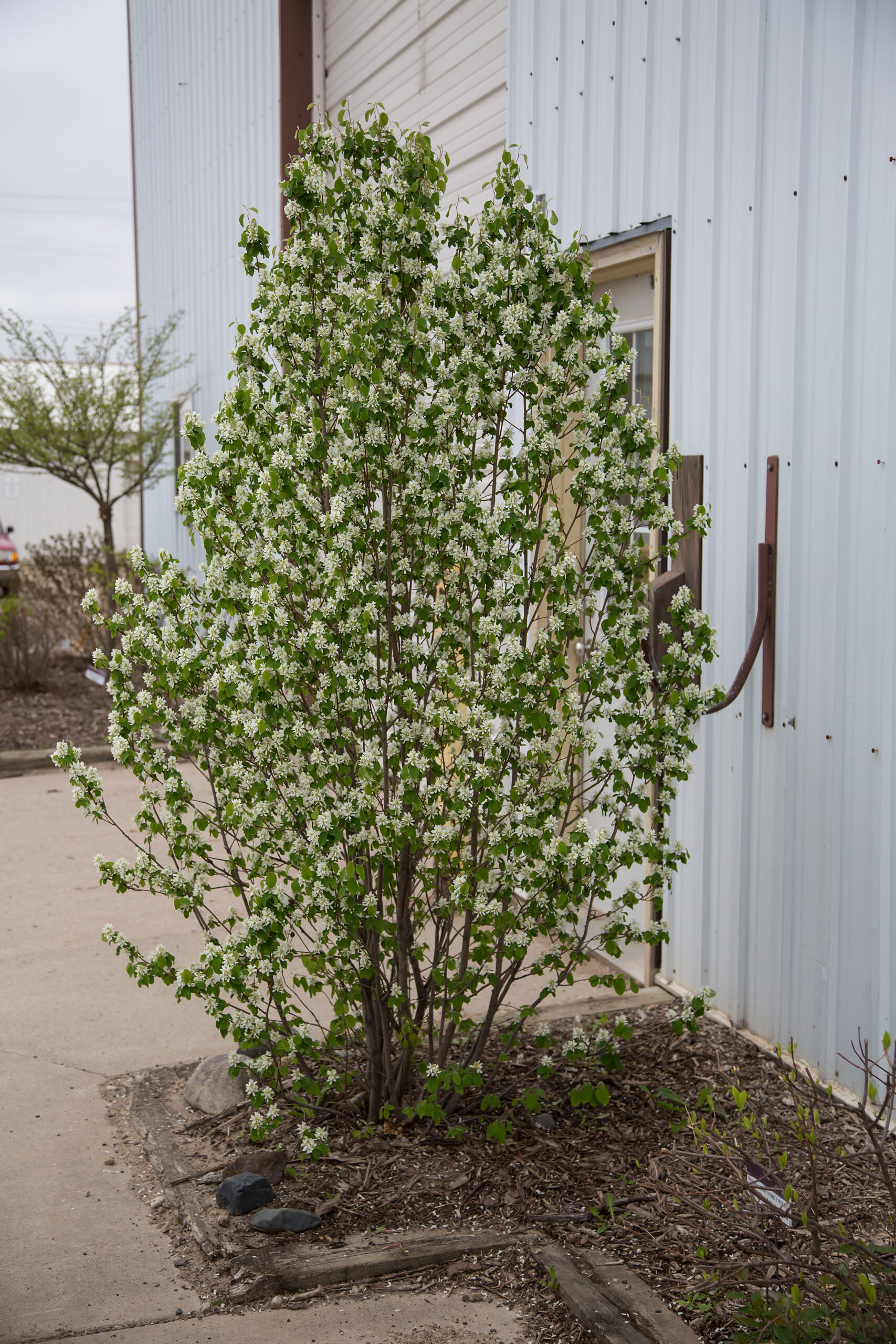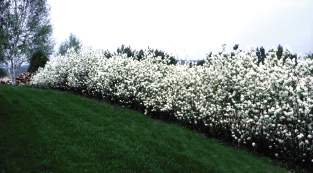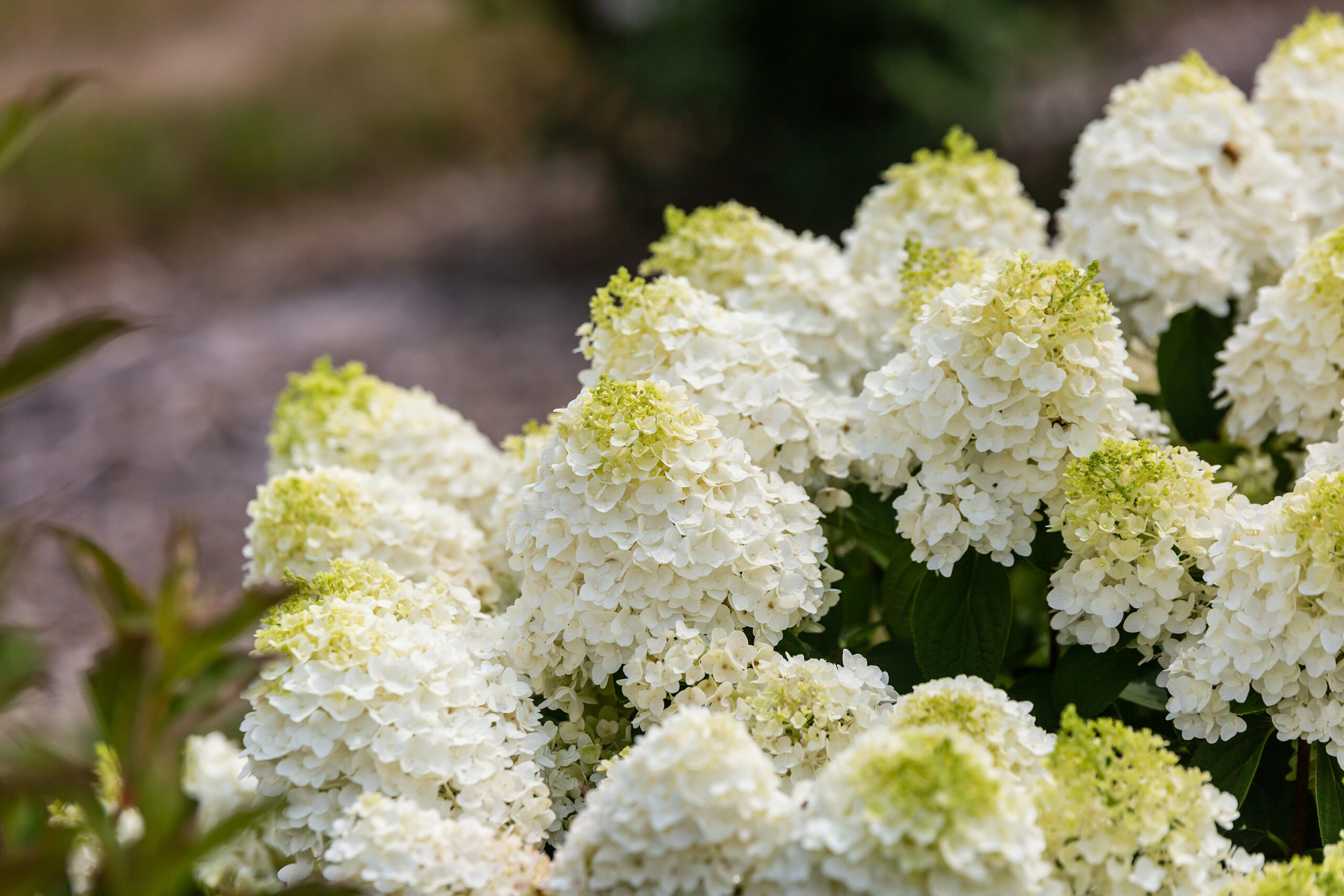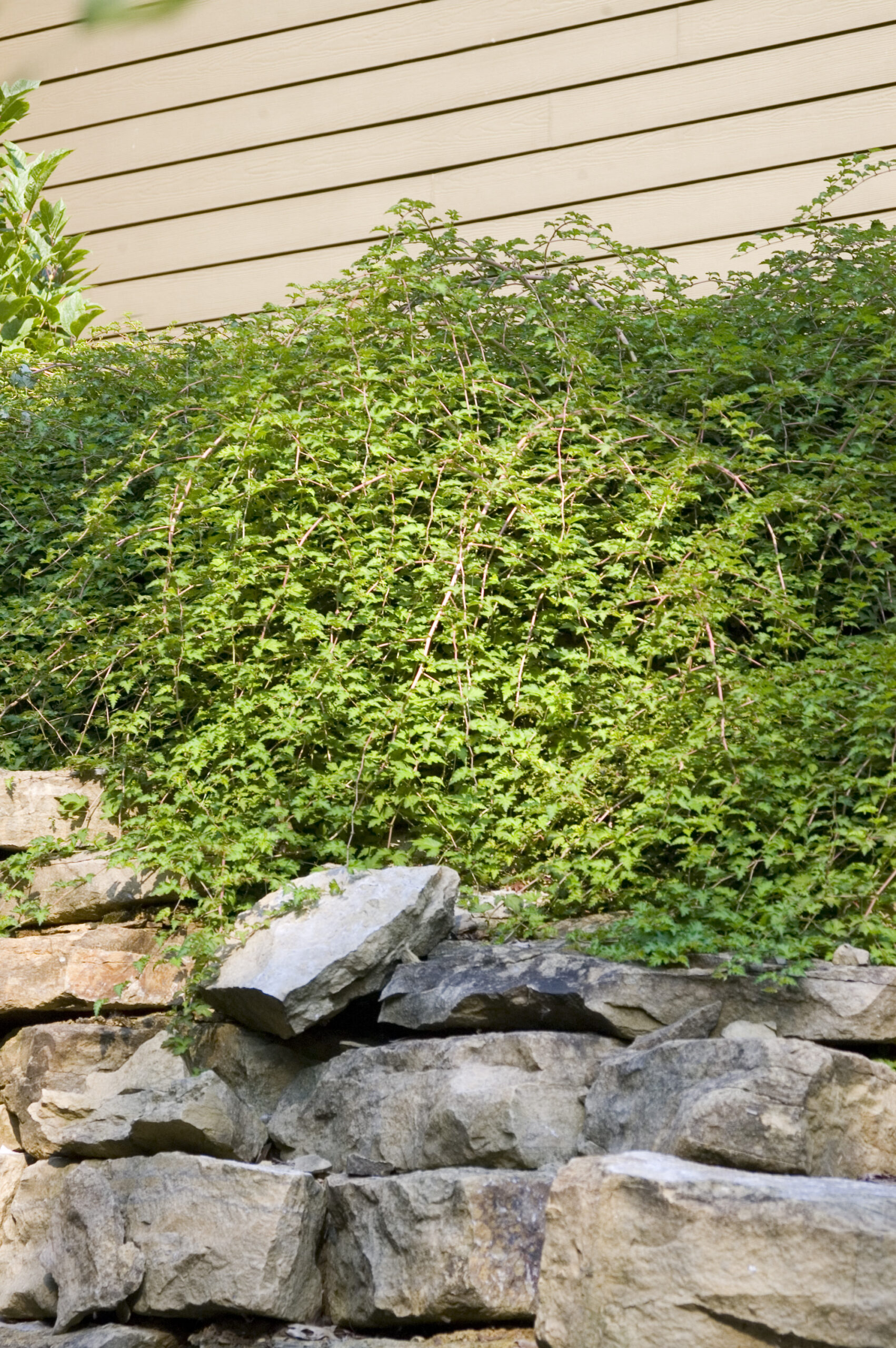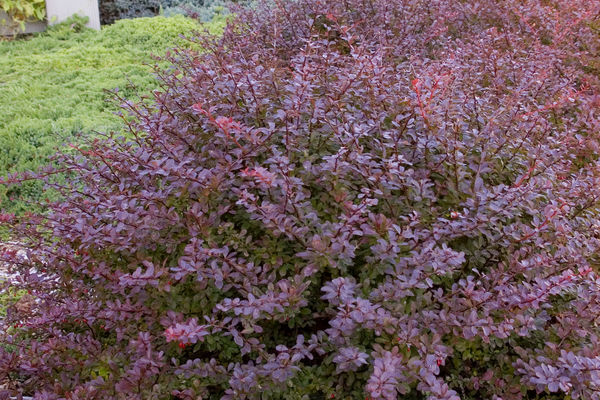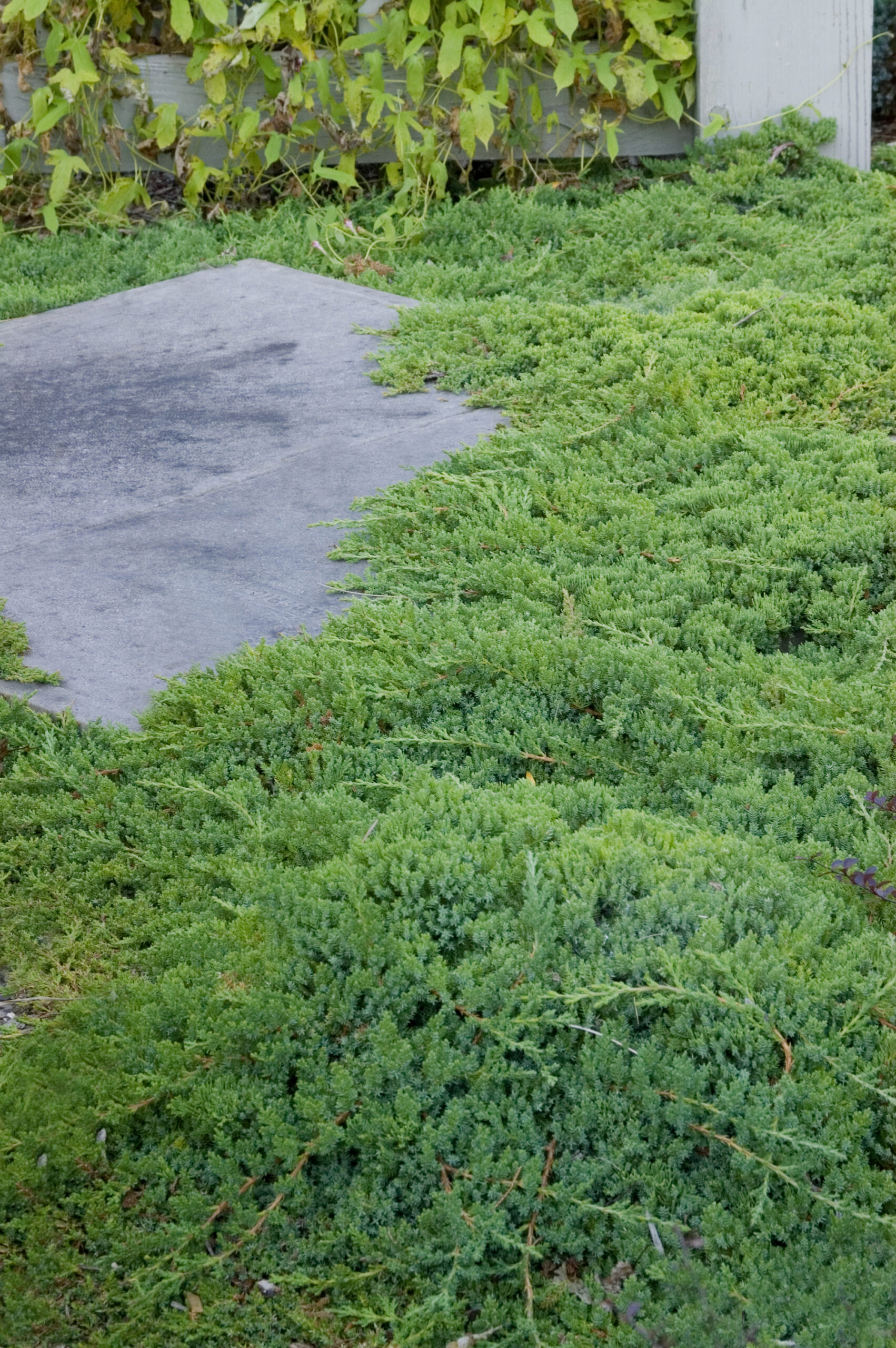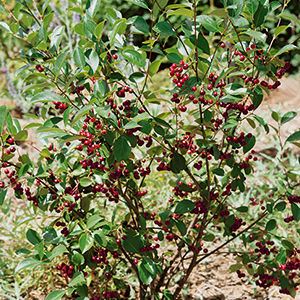Candidates for fall planting include a host of salad greens, like lettuce, spinach, kale, collards, arugula and mizuna. Other autumn veggies include radish, turnip, kohlrabi, broccoli and Brussels sprouts.
When to plant:
Wait to plant bulbs until nighttime temperatures drop to around 50 degrees or below for about two weeks to give the soil a chance to cool down so your bulbs don’t emerge too early. To give bulbs enough time to root and get established, try to plant them at least six weeks before a hard, ground-freezing frost can be expected in your area (typically in October in northern climates, and November or later in warmer climates). If you still haven’t put your bulbs in the ground by early winter, go ahead and plant them as soon as there is a thaw or break in the weather. Leaving bulbs out of the ground too long will cause them to wither and dry out. Another option is to plant your bulbs in pots and allow them to overwinter in a holding bed or a sheltered outdoor spot, covered with several inches of mulch.
Planting tips:
When purchasing bulbs, buy several varieties with a range of flowering periods so you can enjoy blooms from early to late spring. Bury your bulbs with the pointed end up to a depth about three times their diameter (for most tulip and daffodil bulbs, that’s about 6 to 8 inches). For the greatest impact, plant them in clusters of five or more, rather than sticking a single bulb in the ground. To camouflage the bulb foliage when it begins to die back in the spring, intermingle your bulbs with perennials that have similar foliage, such as daylilies and hostas. For more guidance, see these tulip planting tips.

